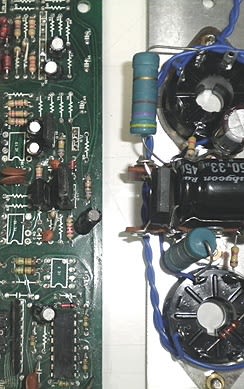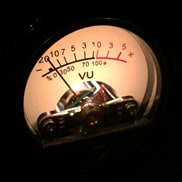プリント基板をなくし音質向上1の続きです。
2つめの理由は共通インピーダンスの問題です。
共通インピーダンスとは電線の僅かな電気抵抗によって発生するノイズです。
プリント基板の断面積は小さいと書きました。
電気抵抗は断面積に反比例しますので、
それに伴ってノイズも増えることになります。
その結果、サウンドステージが不明瞭になったり、
クリアーな音質が歪っぽく聴こえるようになります。
続きは明日。
Merits and demerits of a pc-board vol.2
It is a continuation of "Merits and demerits of a pc-board vol.1"
The 2nd reason is the problems of common impedance.
Common impedance is a noise which occurs
by the slight electrical resistance.
I wrote that the cross-sectional area of a printed circuit board was small.
(Merits and demerits of a pc-board vol.1)
Electrical resistance is in inverse proportion to a cross-sectional area.
A noise increases in proportion to a cross-sectional area.
As a result, a sound stage becomes ambiguous or distortion increases.
This continuation will be published tomorrow.






















